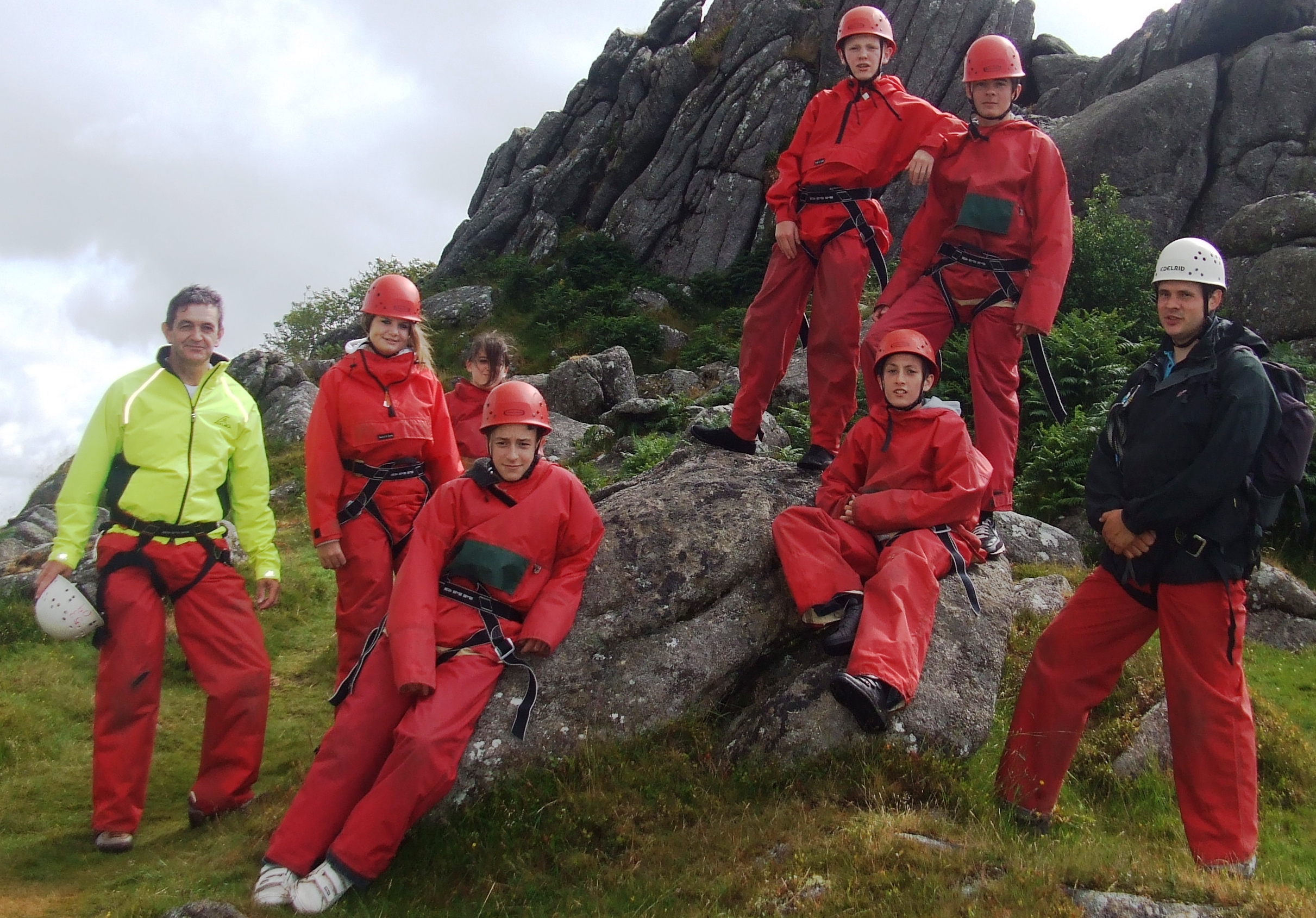Has anyone rung the equality police? For all the 70 or so mentions of ‘fair’ and ‘fairness’ in today’s comprehensive spending review (CSR), it’s the old, the infirm and the disabled who are caught in the eye of the storm. An estimated £7bn will be saved thanks to welfare cuts as well as a 60% reduction in the affordable housing budget and a 26% drop in local government funding. Changes to Employment Support Allowance and Disability Living Allowance, which effectively limit the use of such benefits, are plain nasty.
George Osborne might think he’s aiming at dole-bludgers, benefit-scroungers and fraudsters, but instead his firing range includes wheelchair-users, the learning disabled and the elderly.
As Richard Hawkes, chief executive of disability charity Scope, said today, it’s an assault on the most vulnerable “characterised by the callous removal of the mobility component of Disability Living Allowance for people living in residential care, which will simply increase dependency and mean many people will literally become prisoners in their own homes.”
Today’s CSR will have a huge and adverse impact on the vulnerable who rely on statutory services, leaving the community and third sector to pick up the slack. The big society concept could sweep in and save the day, casting out the necessary safety net for the vulnerable suddenly bereft of support, but there’s a snag; such charities and community groups are already suffering from under-funding and increased demand for services. Oops.
“Tough but fair” would be the three word George Osbourne would doubtless choose when summarising his CSR. Shadow chancellor Alan Johnson might go for “Dave’s Deficit Deceivers”. Mine: firm, but unfair.
Here’s a selection of some more three-word verdicts, thanks for the contributions so far – add by replying to this post or email me:
Kids comprehensively kicked – children’s charity Railway Children
Housing’s body blow – Sarah Webb, chief executive, Chartered Institute of Housing
Homes, what homes? – Kate Murray, journalist and The Social Issue guest blogger
George’s horrible medicine – Kate Murray
Poor get poorer – John Adams, general secretary, Voluntary Sector Disabilty Group
Expect eagle eye – Helen Donohoe, director of public policy at charity Action for Children
Ouch that hurts – Graham Faulkner, chief executive, National Society for Epilepsy
Time to re-think – Mike Stevenson, owner of social business Thinktastic
Thanks to Bill Mumford, managing director of the charity MacIntyre and chairman of VODG, who has pointed out one potential positive – the introduction of Individual Budgets (IB) for children with special educational needs (SEN) which could help create more flexibie short breaks for them and families and with transition.
Bill’s three-word verdict is an acronym (but we’ll allow it): S.E.N. I.B’s: F.A.B.





